
Beneath the crashing waves of Oregon’s wild coastline lies a hidden world—rarely seen and often beyond imagination. These deep-sea creatures are as strange as they are fascinating. Some have washed ashore, others revealed only through deep-sea cameras. But all of them are very real. Keep reading to meet Oregon’s most unusual underwater residents.
Pacific Footballfish
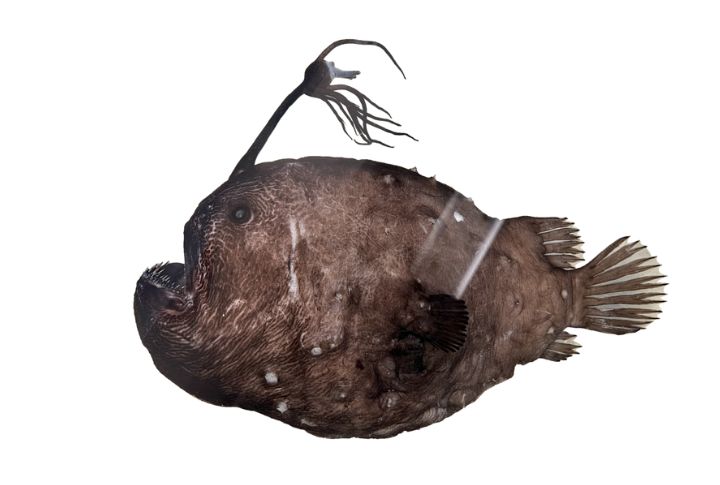
One of the ocean’s rarest anglerfish, the spiny predator uses a glowing lure to catch prey in total darkness. Most sightings occur over 2,000 feet deep. When one washed ashore in Oregon, scientists confirmed it was among only a few ever recorded globally.
Dumbo Octopus
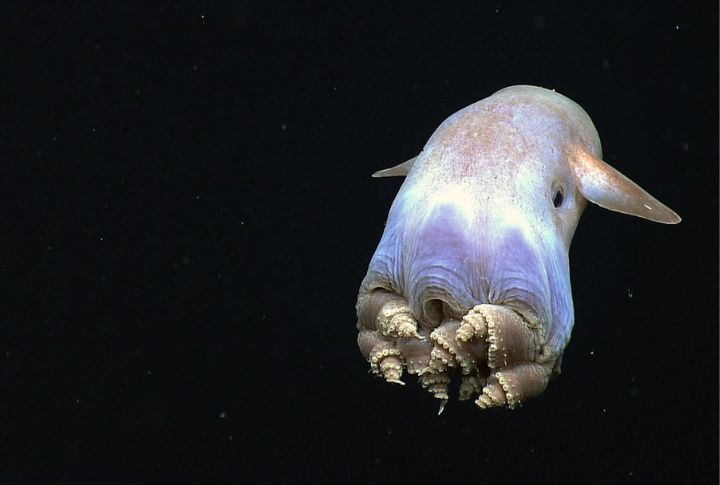
Easily recognized by its oversized, ear-like fins, the Dumbo octopus doesn’t swim—it flaps. Thriving under extreme pressure more than 9,000 feet deep, this deep-sea creature is rarely seen. Yet, in the waters of the Pacific Northwest, remotely operated vehicles have captured its ghostlike glide across the ocean floor.
Hoodwinker Sunfish
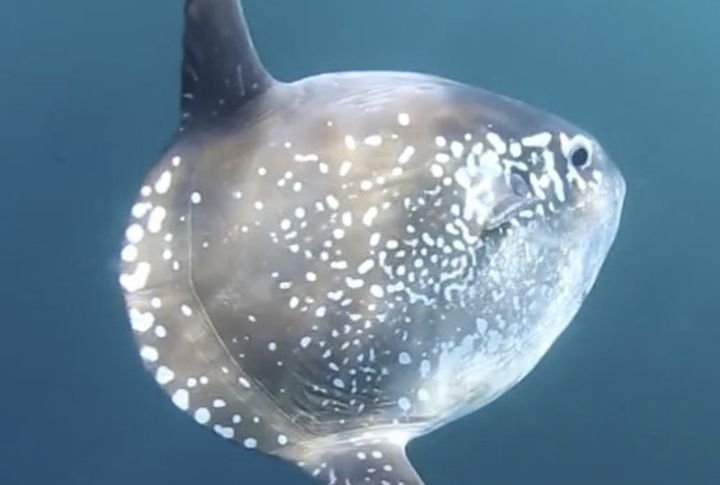
First identified in 2014, this massive fish surprised scientists when it washed ashore on an Oregon beach in 2024. Usually found in the Southern Hemisphere, the Hoodwinker sunfish lives far from U.S. waters. Despite its misleading name, it has a noticeable dorsal fin and drifts so slowly that it’s often mistaken for floating debris.
Barreleye Fish
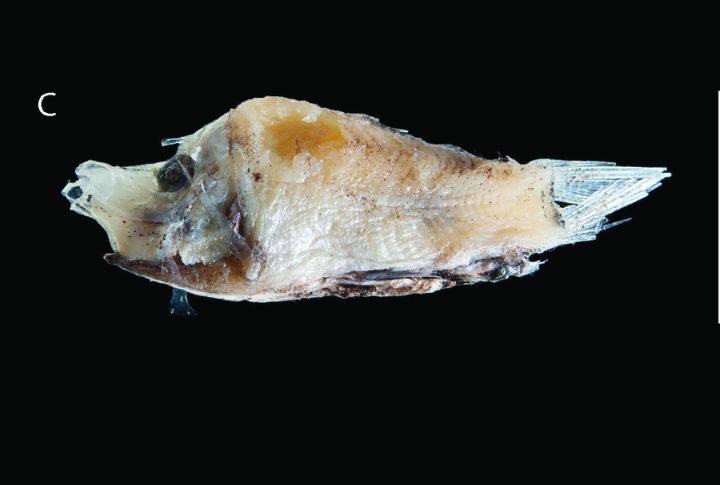
Its transparent head contains rotating, tube-like eyes designed to track prey from below. Found hovering near the ocean’s twilight zone, the barreleye is an evolutionary anomaly. While rare, it’s been filmed near deep-sea canyons off the Oregon coast using submersible-mounted cameras.
Longnose Lancetfish
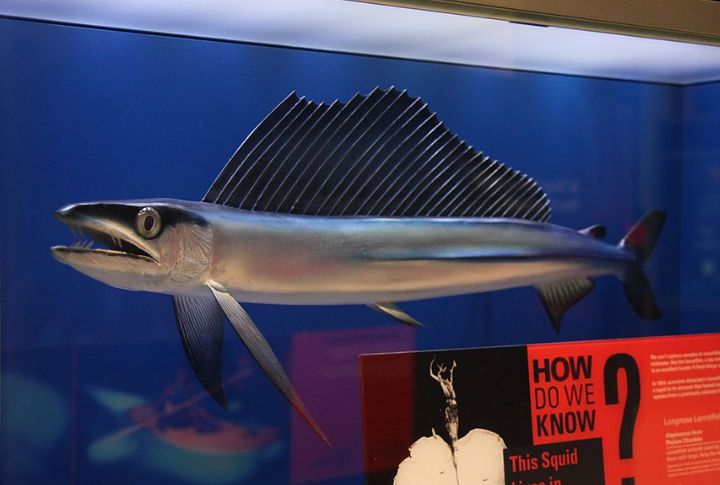
Rarely spotted alive, this deep-sea predator has a long, eel-like body, needle-sharp teeth, and oversized eyes built for hunting in near darkness. When it washes ashore—often fully intact—it offers scientists a rare, undisturbed glimpse into life far below the surface. In Oregon, beachgoers have discovered several of these mysterious creatures during seasonal ocean upwelling events.
Kroyer’s Deep Sea Anglerfish
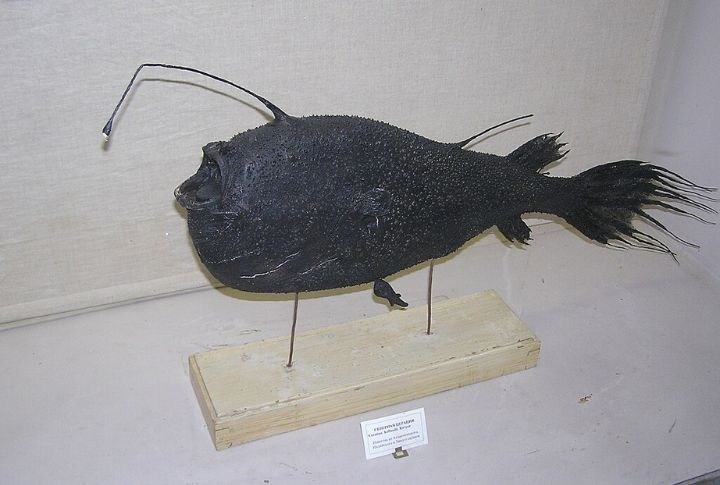
With its grotesque profile and glowing lure, the species represents deep-sea adaptation. Males permanently attach to females, fusing for life and supplying sperm. These anglerfish have been caught in trawl nets off Oregon, adding to the limited but growing number of known specimens.
Vampire Squid

Unlike aggressive squid, this one floats passively, feeding on marine snow. It doesn’t chase prey but waits. Bioluminescent dots on its body help confuse predators in near-zero visibility zones. Documented off Oregon’s coast, it thrives in oxygen-poor areas where few others survive.
Cloud Sponge
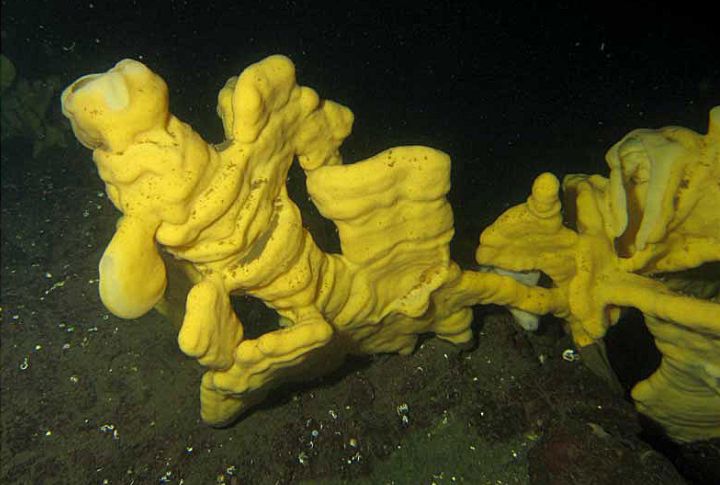
Cloud sponges are ancient animals with a silica-based skeleton. Found along Oregon’s continental shelf, they create deep-sea reef structures that shelter fish and invertebrates. Though stationary, they filter water to feed and contribute to biodiversity in the Pacific Northwest’s cold depths.
Sunflower Sea Star
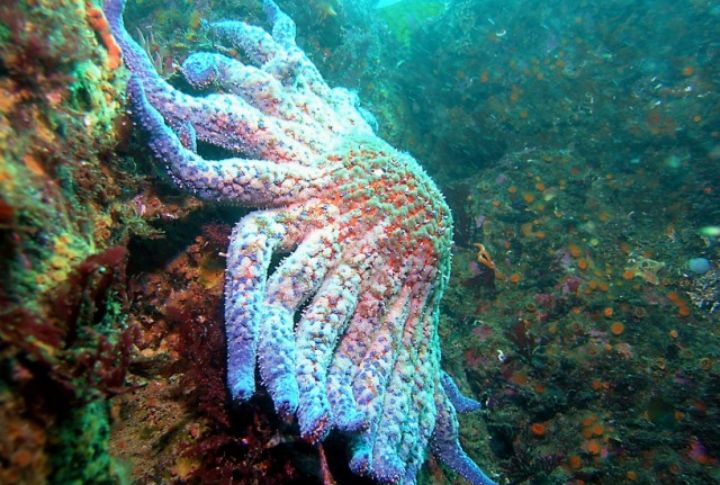
This giant sea star can reach over three feet across and boasts up to 24 arms. Surprisingly fast, it hunts sea urchins and clams along the ocean floor. Once common off the Oregon coast, it’s now endangered, threatened by a devastating wasting disease and rising ocean temperatures.
Pacific Viperfish
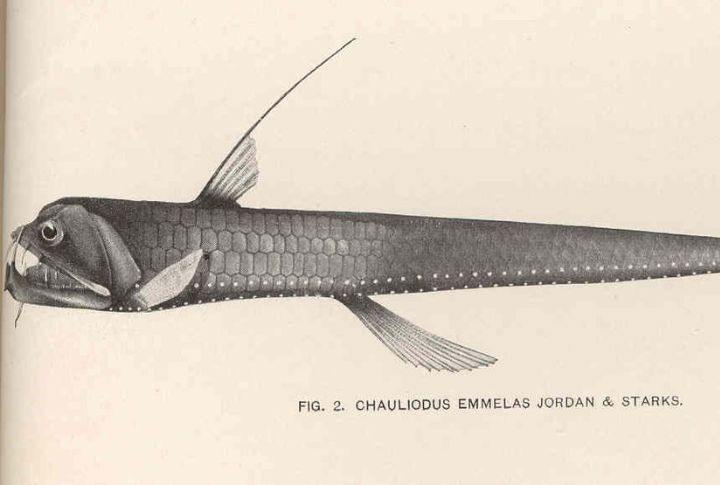
With long, needle-like teeth and a hooked jaw, the Pacific viperfish is built to take down large prey. It uses light-producing organs to attract food in the pitch-black depths. Usually found below 2,500 feet in the North Pacific—Oregon included—its presence can shift with changing ocean currents.
